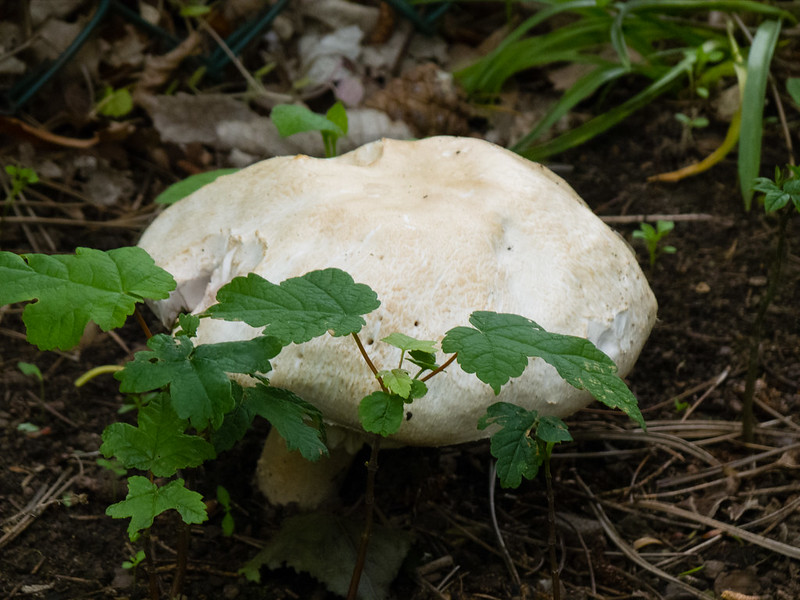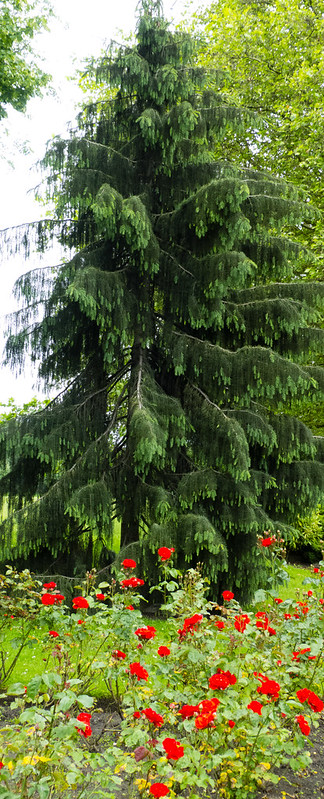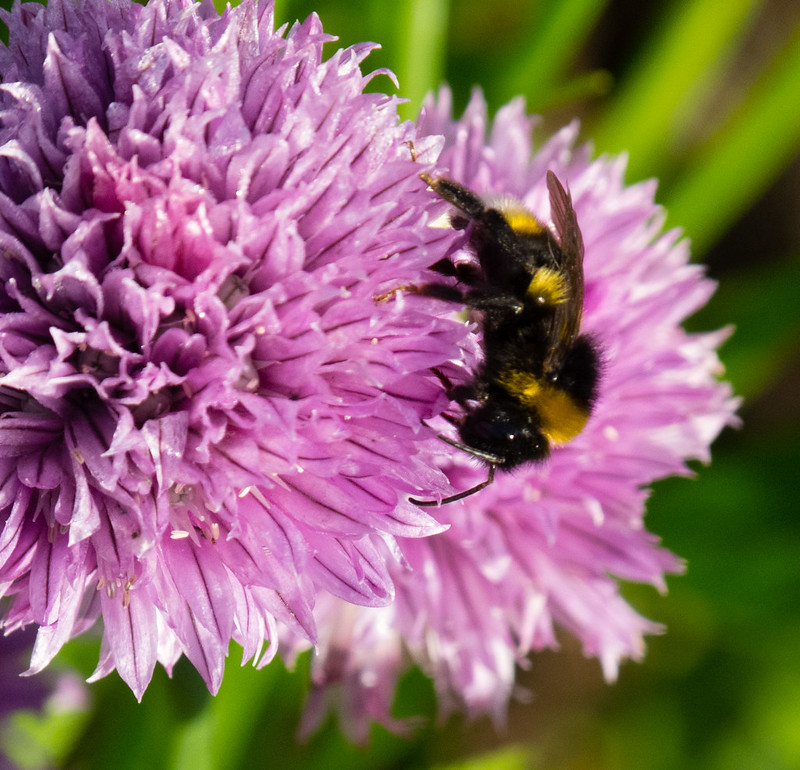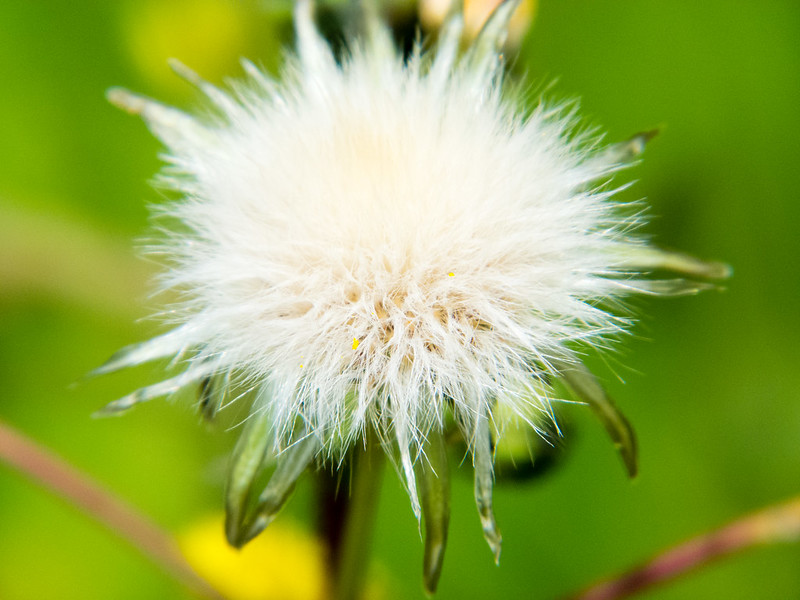The flowers of this wayside weed are tiny. In this close-up the hooked hairs which make the plant sticky can be seen.
Author: David
Bleached buttercup
Shaggy parasol clump
Ornamental poppy variations
Horse mushrooms
These were big mushrooms similar to the field mushroom, so they were probably horse mushrooms. I couldn’t get up very close to check, so they could have been another related species. Some of these are poisonous.
They were growing just over the wall from Tettenhall Road in the grounds of Linden House (the former Masonic Hall).
By East Park entrance
Leafy glade, East Park
Petunia flowers after rain
It was a couple of days after the Diamond Jubilee long weekend. A floral display on the terrace of the Black Swan (aka Dirty Duck) in Stratford on Avon had obviously been designed to have a colour theme to fit the festivities.
The weather was rainy and windy, more like autumn than early summer. The white petunias didn’t appear to like the conditions, and had closed up so they were hard to spot.
But the water drops remaining on the plants and the diffused lighting added drama to those flowers which were out. I like photo opportunities when I am sitting comfortably with a nice pint in front of me.
Bee gathering nectar from chive flowers
Sow thistle seed head
Varicoloured sow thistle flowers
Longhorn moths
On a walk through Cotwall End LNR towards the end of May I spotted these crowds of day-flying moths which had antennae much longer than their bodies. Every so often they would settle on whichever set of nearby leaves were about waist height.
Most of the groups were under trees which put them into deep shade. This group was the exception: they were in a clearing with a nettle patch by the path. The pictures don’t do justice to the iridescence of their wings and bodies.
They are male longhorn moths, probably Adela reaumurella as far as I can tell.































